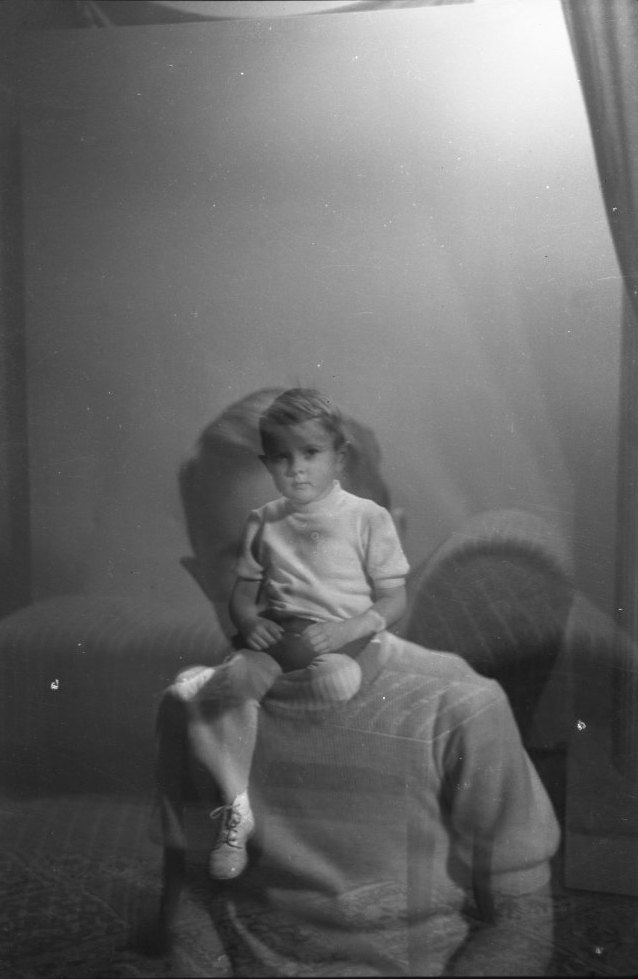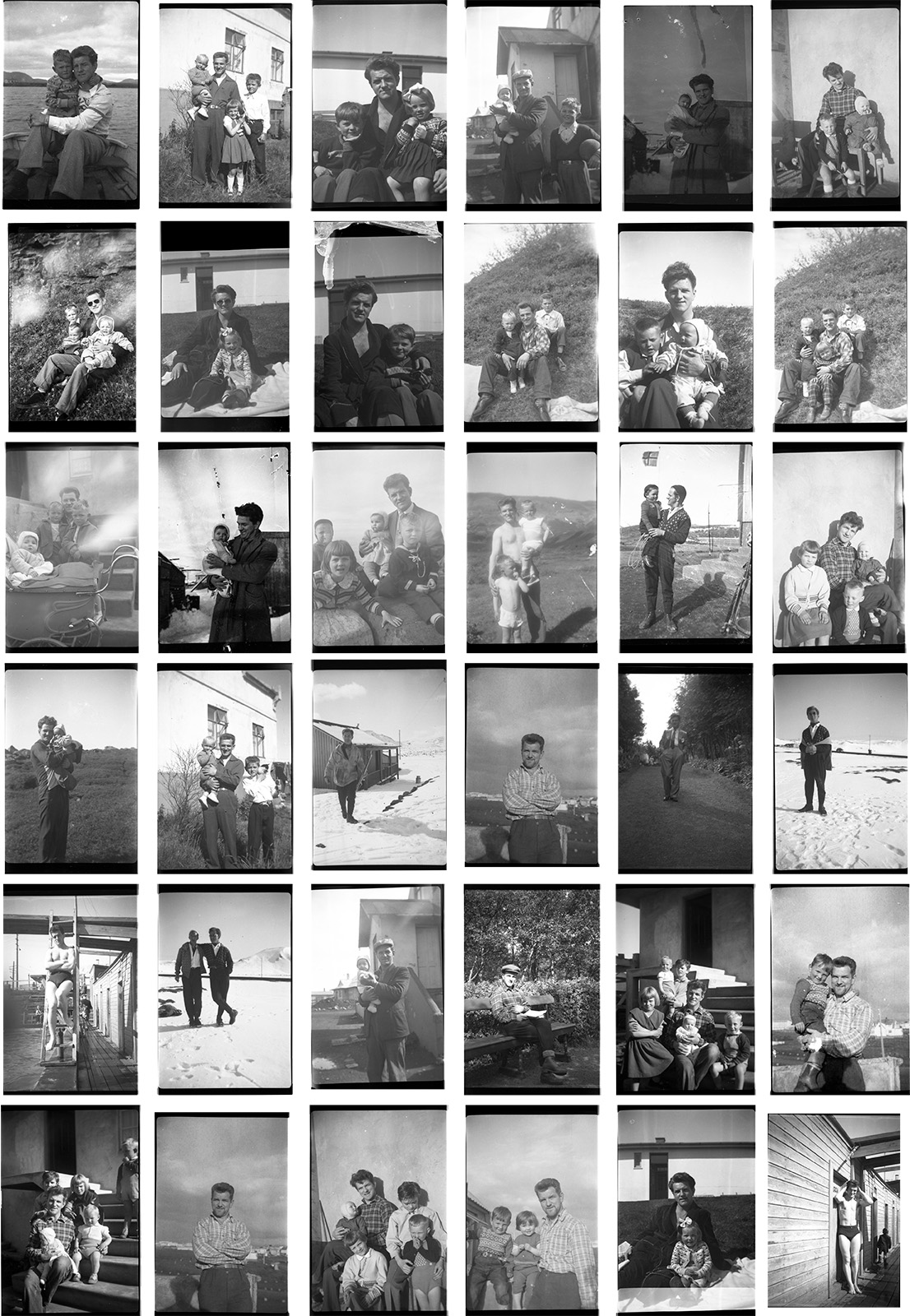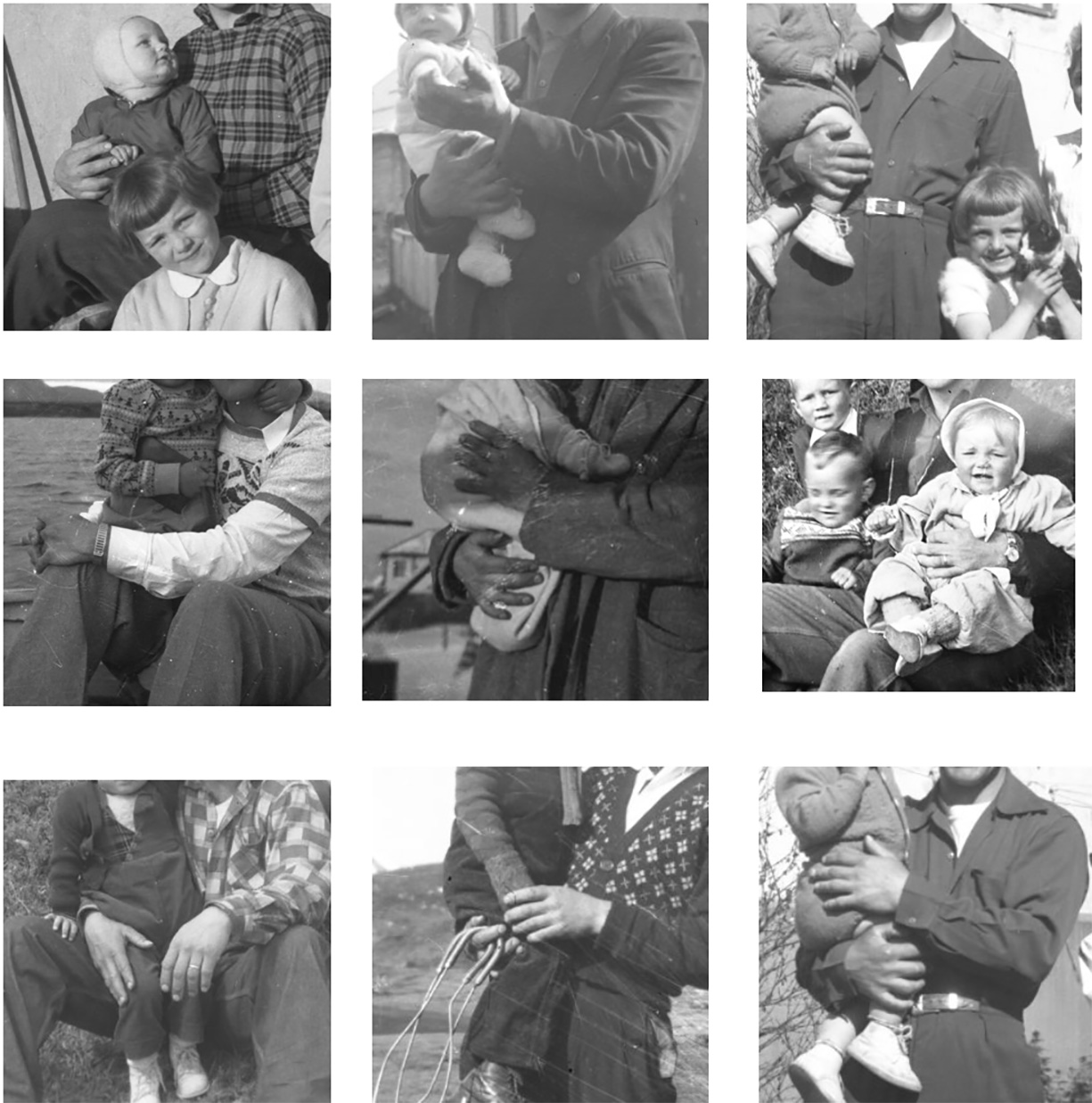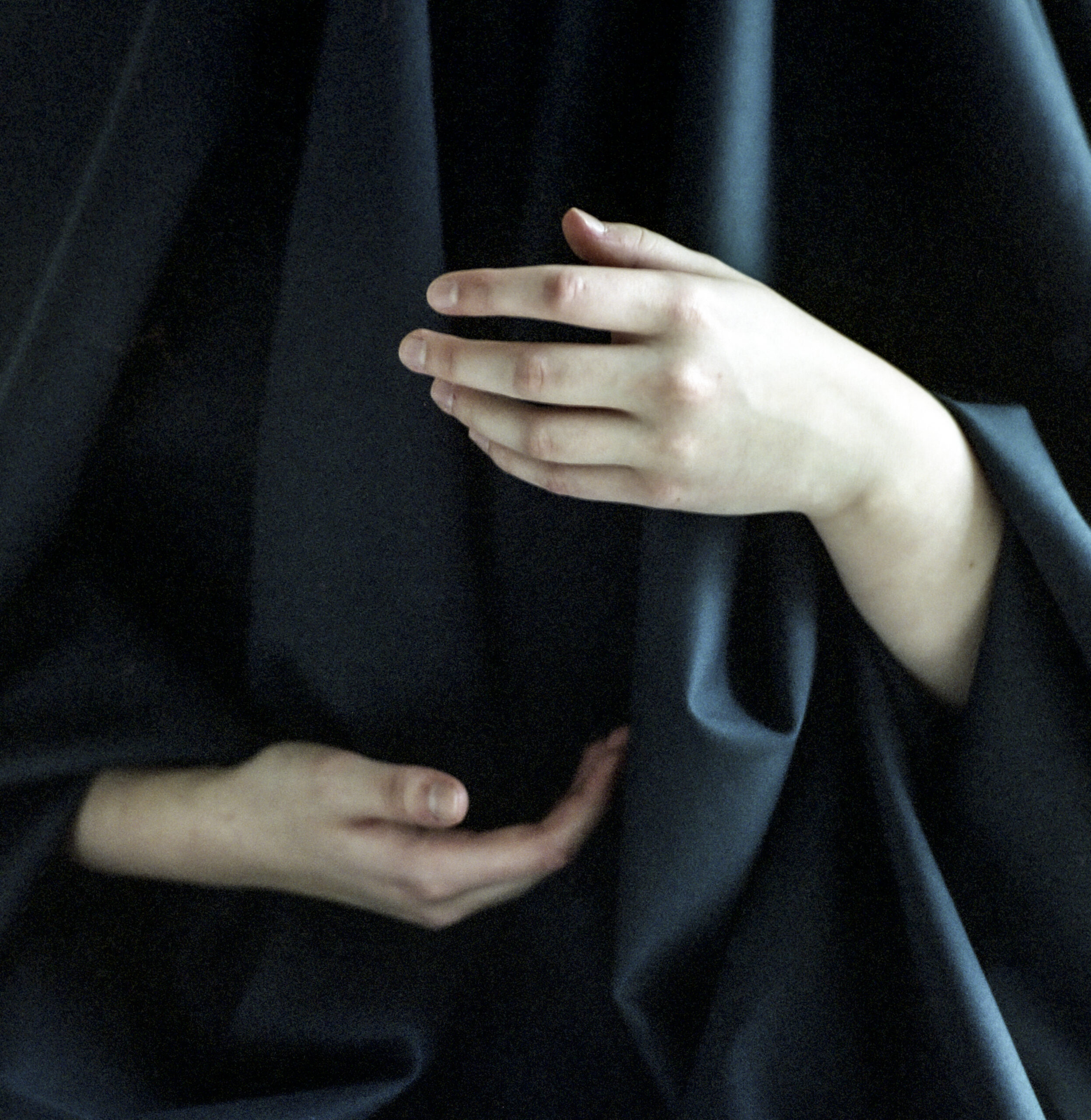




An Archive is an Archive is an Archive - there is no beginning, there is no end.
If at first glance, the ethical responsibility of an archive is to host wor(l)ds that may otherwise be lost, in the end, its central obligation may be to provide wor(l)ds that may never have left.[1]

When I started working with my grandmothers archive I naively thought that I would be able to analyse it to bits and contemplate every single possibility. During the process of working with the archive I would sometimes dive into it with the purpose of looking for something specific; maybe just a fragment, a certain memory or even a single image, I usually discovered something new and the process could start over once more.
This archive of mine is not a typical family album but a box with negatives, uncategorised, no names, no explanations or dates. I have made up my own categories based on my own experiences, ideas, interests and beliefs. As the guardian of the family archive, I have been overwhelmed with, a sense of responsibility towards other family members, particularly those who have their own memories from the time the pictures were taken.
I understand that these photographs are not just a collection of images, but a window into the past, preserving memories, and moments that are important to individuals within the family and to the family’s history.
“Historically, personal pictures may be deeply unreliable, yet for many it is in this very unreliability that their interest lies. It has led to a new set of questions – for whom are these pictures? who sees them? to whom do they communicate?”[2]
There are endless ways and methods of working within the field of archival photography and whatever path one chooses, I would argue that there is always some sort of manipulation involved. You can choose to create your own narrative, create your own story with a certain order of images or even manipulate the images by cutting or scratching.
It all depends on your own ideas about ethics and – in my case – emotions.

There is of course not one way of understanding it, but let’s read it with my understanding, for now.
My grandfather was a popular subject to photograph which gives me one category, but opposite to the women, another category, he is often seen relaxed, in his work clothes or naturally going about his business.
The women however were portrayed arranged and appropriate; properly dressed, wearing nice dresses, shoes and nicely arranged hair. I connect this to the public and private, they are somehow representing themselves quite proudly.
Again, for whom are those pictures, who sees them and to whom do they communicate?
There are so many images of my grandfather, by himself, but more often surrounded by children. Especially the many photos of him with children in his arms and around his legs needed to be a category in its own right. I find it super interesting that my grandmother portrayed him so much because in the years 1945—1958, when the images were made it was more common that men were behind the camera. Usually, my grandfather is holding one child, the youngest one. These children in the images are his own, my father and his siblings but also other children, I guess the neighbours´ or my father’s cousins.
I wondered if my grandmother was using him as a stand-in, just to hold the youngest child or if she actually was photographing him.
Why would you make so many images of your husband?

Was she so in love with him that she needed to photograph him this much or was she using him as as stand into hold the children that needed to be photographed?
This category has played an important role within my process while working with this archive and helped me to realise on how to work further with it.

It represents my own care around this material and the process I have been going through.

By doing so I put focus on what appealed to me the most at that stage in the process and it gave me an opportunity to go further with my work; I focused on his hands and created my own series that for me interpreting care.
I will never be able to finish working with this archive, it is not possible to put an end to it, there is no need either.
I now see it as a source for myself that I can go back to whenever I want, it is truly liberating and provides great encouragement.